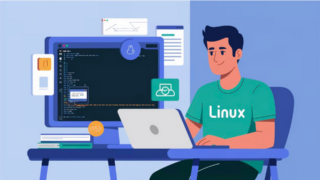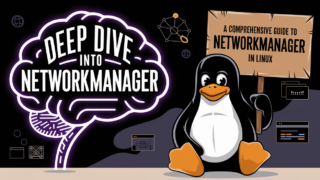Slow queries can have a significant impact on the performance of your PostgreSQL database and, consequently, on the user experience of your application. This comprehensive guide will walk you through the process of diagnosing and resolving slow query performance issues using various PostgreSQL tools and techniques. By the end, you’ll be equipped with practical strategies …
PostgreSQL is known for its powerful query processing capabilities, but sometimes even the most efficient queries can run slowly if not properly optimized. Understanding how PostgreSQL executes queries is key to troubleshooting and improving database performance. In this article, we’ll dive into how you can use the EXPLAIN and EXPLAIN ANALYZE commands to gain insights …
PostgreSQL is renowned for its robustness, scalability, and flexibility, making it one of the most powerful relational database management systems available today. However, like any complex software, even the best PostgreSQL setups can encounter performance issues, slow queries, or unexpected failures. Whether you’re managing a mission-critical application or a high-traffic web service, understanding how to …
PostgreSQL’s Write-Ahead Logging (WAL) system plays a crucial role in ensuring data integrity and enabling features like replication and point-in-time recovery. However, WAL files can sometimes fail to be deleted, leading to excessive disk space consumption. In this article, we will explore three common reasons why WAL files might not be deleted in PostgreSQL and …
Ever wondered how companies like Instagram and Reddit manage millions of data points seamlessly? Behind many successful applications lies PostgreSQL, the open-source database powerhouse that’s been quietly shaping the digital world for over 30 years. Unlike your everyday spreadsheet, PostgreSQL is like having a highly organized librarian who not only stores your data but ensures …
NetworkManager Tools NetworkManager is a system service in Linux distributions that manages network devices and connections. Here are some tools you can use to control NetworkManager and refresh the network interface configuration: nmcli: This is a command-line tool for interacting with NetworkManager. You can use it to control connections, devices, and other networking aspects. To …
This article provides a comprehensive guide on renaming network interfaces in Red Hat Enterprise Linux (RHEL), focusing on the differences between the traditional ifcfg format and the newer keyfile format for NetworkManager connection profiles. Understanding RHEL’s Network Interface Naming Traditionally, Linux kernels assigned interface names like eth0, eth1, etc., based on the order of detection …
Introduction to NetworkManager in Linux NetworkManager is a system service that manages network devices and connections on Red Hat Enterprise Linux (RHEL). It automatically creates connection profiles for each Ethernet adapter in a host and, by default, uses DHCP for both IPv4 and IPv6 connections. NetworkManager supports various network types, including Ethernet, bonds, teams, VLANs, …
Introduction to the vi Command vi (short for “visual editor”) is a screen-oriented text editor that is ubiquitous in Linux and Unix-like operating systems. It’s known for its power, efficiency, and modal editing approach, which can initially seem cryptic to new users but offers significant advantages once mastered. Modal Editing: vi’s modal editing distinguishes it …
Introduction to the nmcli Command The nmcli command is a powerful command-line tool in Red Hat Enterprise Linux (RHEL) used to manage network connections through the NetworkManager service. It provides a comprehensive interface for configuring, monitoring, and troubleshooting various network aspects, from basic Ethernet connections to advanced features like bonding, VLAN tagging, and more. Key …



